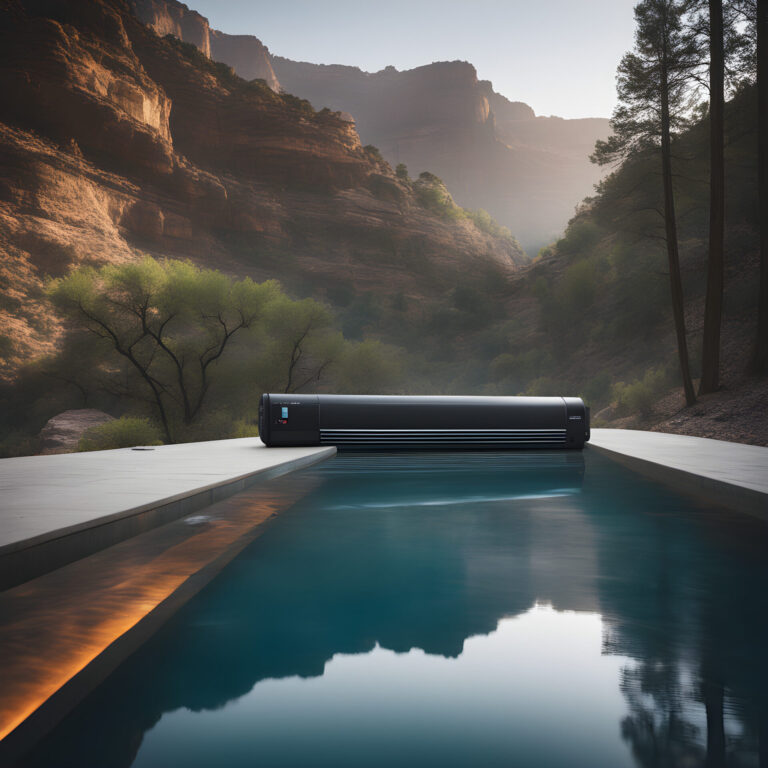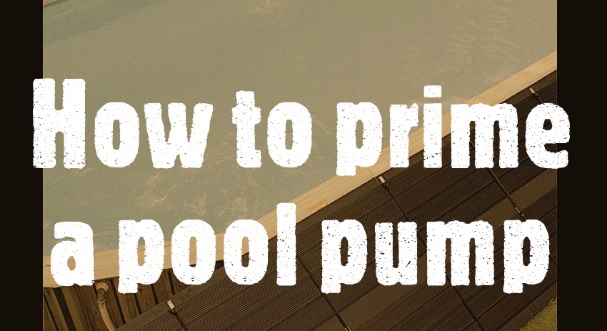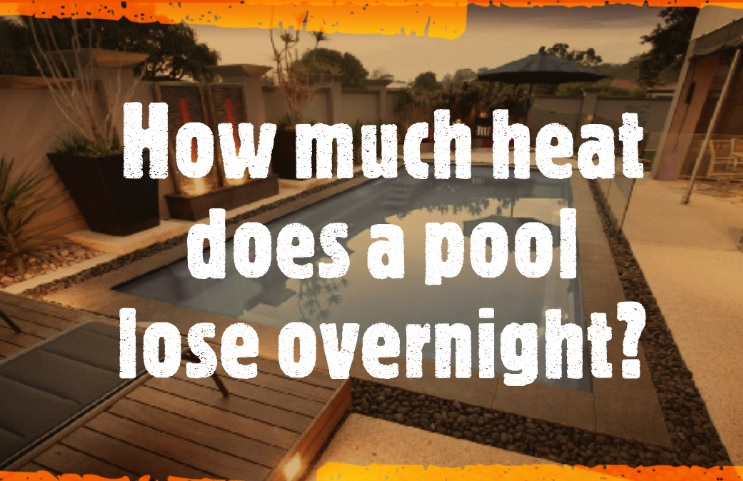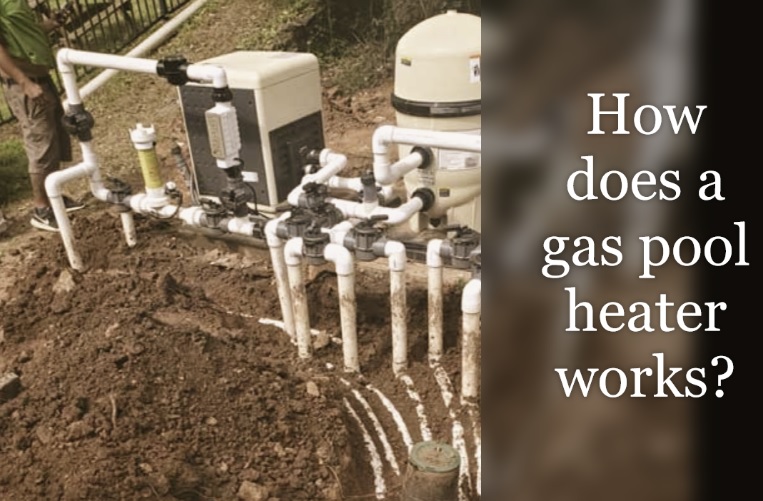How to maintain an electric pool heater
Introduction
If you have an electric pool heater, you will want to be sure that it is working properly. An electric pool heater can be a great way to keep your pool warm in the winter and cool in the summer by using electricity instead of gas or oil. But if you treat your heater well, it should last for many years without needing repairs. Here are some basic maintenance techniques on how to maintain an electric pool heater properly:
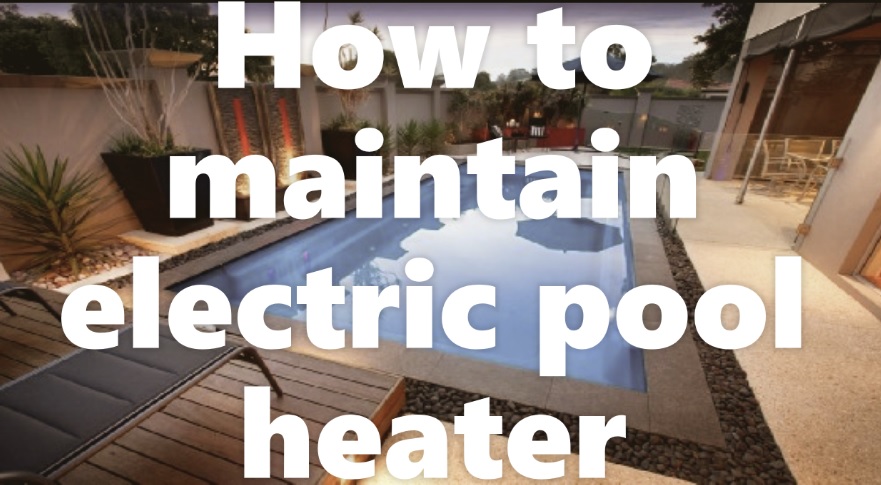
Basic maintenance is necessary to keep your electric pool heater working properly.
Basic maintenance is necessary to keep your electric pool heater working properly.
- Disconnect the power supply before doing any repairs on your pool heater. The manufacturer will give you specific instructions for removing or disconnecting the power source from your pool heater, so be sure to follow them exactly as they were described by the manufacturer.
- Check the water pressure in your pool pump to make sure it is at least 20 pounds per square inch (psi). If it’s not at least 20 psi, then you may need to replace or repair some parts of your pump system before continuing with any other steps below
Disconnect the power supply before doing any repairs on your pool heater.
- Disconnect the power supply to the pool heater before doing any repairs to your pool heater.
- Make sure you have the right tools to do the job and make sure they are in good working order.
- Get all of your parts together before starting anything. If a part is not available locally, order it ahead of time so that when you take off for vacation, you won’t have to call back home for help because someone forgot to set aside one little thing like a $20 part or two that can be easily replaced at any hardware store when needed.
- Wear safety goggles and gloves whenever working with electricity or chemicals as both pose serious threats if not handled correctly!
Check the water pressure in your pool pump to make sure it is at least 20 pounds per square inch (psi).
- To check the water pressure in your pool pump, simply take a look at the gauge on top of the unit. Most pumps have a minimum requirement for psi listed in their instructions or owners manual. If yours does not, use this guide: 20-25 psi is ideal; anything below 15 may hinder heating ability and cause other issues like bubbles or foam coming out of your filter; anything above 30 can lead to overheating and damage to your heater.*
- If you see that your psi rating is too low, there are several ways you can increase it:
- Install an additional booster pump (but make sure not to exceed 80 percent of maximum capacity).
- Use an inline booster pump (this will also double as a backflow preventer).
- Install a larger pressure tank than what came with your system (you’ll want one that can hold at least 1/4″ more pressure than recommended by manufacturer).
Set the temperature of your filter pump to about 5 degrees warmer than the desired temperature of the pool.
If your heater has a temperature sensor, set the filter pump to about 5 degrees warmer than the desired temperature of the pool. A good rule of thumb is to add 10 degrees to what you see on your display in order to maintain an optimal pool temperature.
If you don’t have a variable speed pump, then you’ll want to make sure that your pump is running at full capacity at all times; otherwise, it may use more energy than necessary and cause issues with your heater.
Change or clean the filter every two weeks and after heavy use of your pool.
After every two weeks of use, you should clean the filter. This is a simple procedure that involves removing the filter from its housing and brushing away any debris from it. If you have a cartridge style filter, be sure to remove any cartridges that are clogged with dirt before cleaning them separately with soapy water. After cleaning each component thoroughly, put everything back together and start up your heater again for another two weeks of use.
Before storing your pool for long periods of time (such as winter or summer), be sure to clean all filters thoroughly using warm soapy water and then apply a quality oil treatment before storing them away in case they get corroded over time without being used during this period of time.
Clean or replace the flow-direction indicator in your filter pump.
To clean or replace the flow-direction indicator:
- Turn off the pump motor.
- Disconnect the power cord from the wall outlet and remove any debris blocking access to the filter pump’s rear panel, then open it to expose its interior parts.
- Remove all foreign objects from inside the pump, including dirt, leaves and grass clippings that may have accumulated there over time (you can use tweezers or a small brush for this). Cleaning out these items will help ensure that your heater runs more efficiently and doesn’t break down as frequently due to overheating issues caused by too much debris being sucked into its internals during operation over time–and also improves overall performance by making sure there aren’t any other major obstructions preventing water from flowing freely through those same channels!”
Replace the O-ring in your filter pump if it gets worn down by chemicals or a lot of use.
The O-ring on your filter pump is what connects the filter to your pool’s plumbing and keeps water from leaking out of the system. It can wear down over time, especially if you’re using harsh chemical cleaners or if you use your pool frequently. This can cause backpressure in your plumbing, which can lead to a leaky system that causes water damage inside of your home.
To replace an O-ring:
- First, turn off all power to the heater and unplug it. Then remove all debris from around the area where water enters into it (the threaded port). Next, remove the screws holding on both halves of your heater together using an Allen wrench or screwdriver depending on how tight they are screwed in place; then separate them carefully so as not to damage any wires connected inside them (if yours does have any). Use caution when doing this because there could be sharp edges sticking out that cut into fingers easily! If necessary for safety reasons due to age or other health concerns related directly to swimming pool usage safety issues such as falling down stairs etc, use gloves when handling metal pieces during this process since metal tends to corrode quickly under exposure conditions present in the home environments over time periods spanning years vs months needed by commercial projects where constant maintenance occurs each week/month throughout entire calendar year(s)…
Vacuum and clean out the strainer basket on your filter pump.
The filter pump strainer basket is the small filter on your pump. To clean it, you have a few options:
- Vacuum out with a vacuum cleaner (not recommended)
- Use a brush to clean off the top of the strainer basket (recommended)
- Use some sort of stick/tool like a toothbrush or toothpick/paper clip to get into all of those tiny crevices and clean them out manually (recommended)
You can keep electric pool heaters working properly with some basic maintenance steps.
- Keep it clean.
- Keep the pool heater working.
- Keep it in good condition.
- Keep it in good working order.
- Keep it in good shape.
- Keep the pool heater in good repair.
Conclusion: How to maintain an electric pool heater
There are a few basic maintenance steps that you can take to keep your electric pool heater working properly. First, disconnect the power supply before doing any repairs on your pool heater. Second, check the water pressure in your pool pump to make sure it is at least 20 pounds per square inch (psi). Third, set the temperature of your filter pump to about 5 degrees warmer than the desired temperature of the pool. Fourthly, change or clean the filter every two weeks and after heavy use of your pool. Fifthly, clean or replace the flow-direction indicator in your filter pump.

